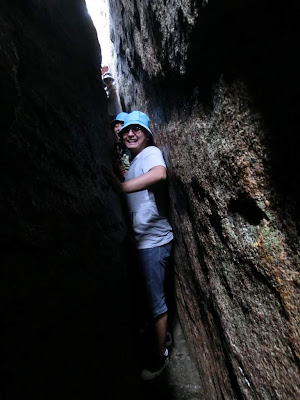"A netizen from Suzhou uploaded photos of the skyscraper to his microblog on Aug. 27, and was quickly forward more than 4,400 times despite the bloggers limited audience."
The India Times also has a good article regarding the explosion of opinions on Chinese websites. The building has looked like a pair of pants for a good six months now, so I don't understand why the public debate is just started within the past few days.
Regardless, it has quickly snowballed so that the Chinese sites are awash with comments...I hear over half a million now. And, best of all, there are Photoshopped images. I've included a few of them in this post as a cross-cultural-enlightenment-opportunity. Links are provided to the original websites (just in case there is someone in China who is concerned about intellectual property). There is also a link to a Google translation of the site. (Google Translate is good...but it still can be pretty sloppy. Be warned.)
Most of the critics are calling the building 秋裤, or QiuKu. (That's the caption in the cartoon above.) Ku means pants. Qiu means Autumn. I'm not really sure what the two characters mean when taken together, but I believe it translates as "long johns". I believe that because, right now, if you do a Google search for images with 秋裤, about half of the images displayed are of the Pair-of-Pants-Building. The other half are of people in long underwear.
Other people are calling the building "jeans" or "hip huggers". Some have suggested they continue building another 20 stories or so and put a bra on it. Opposing the criticism are a few brave souls defending the architecture as art. (After all, they say, the 19th century Parisians thought the Eiffel Tower was an eyesore at the time it was being built.) But my favorite people are the ones that bypass the serious debate and move straight into the mockery....by grafting bodies upon the structure.
As another right now if you do an Internet search on images related to 东方之门, you can find some other Photoshop humor. Over the next few days, there may be some new ones. Check it while you can. I expect that they will fade away with time, as do all things on the Internet.
ps: If you like these Photoshopped images, then go to this link and scroll through the full set of photos. It's probably the best collection out there. It's in Chinese, but just click on the right arrow to scroll through the 20 or so photos.




















